In the crypto market, there are plenty of opportunities, which also attract scammers. To protect your assets in a growing market, it is vital to know how to protect yourself from cryptocurrency fraud. In this article, we will discuss the most common fraud schemes and provide clear security rules to help you invest confidently and without losses.
How to Protect Yourself from Cryptocurrency Fraud: Techniques and Mechanisms
To understand how to protect yourself from cryptocurrency fraud, you need to master the basic principles of cybersecurity. It is also important to always engage critical thinking. Most attacks are aimed at vulnerabilities in investor behavior rather than technologies. False giveaways, fake exchanges, counterfeit applications — all continue to be actively used by fraudsters in 2025.
Large-scale scam schemes often masquerade as educational platforms, financial funds, or even well-known brands. At first glance, they may seem reliable, but after transferring funds, the participant loses access to the assets.
Building protection is only possible through careful verification of every detail — from the website name to the contract format and transaction confirmation methods.
Main Types of Cryptocurrency Fraud in 2025
Threats are becoming increasingly diverse and sophisticated. Below are typical schemes used to deceive investors:
- Phishing attacks — scammers impersonate popular exchange websites, ask for seed phrases or login/password, and then steal funds from wallets;
- Investment scams — promises of guaranteed profits in a short time, hiding behind prominent names or fake licenses;
- Pseudo-ICO and IDO — projects raising money for fake investments without intending to develop a product;
- Fake applications — mobile clients mimicking real wallets but redirecting access to keys to the scammer;
- Social engineering — persuasion techniques where scammers lure access to assets through dialogue and psychological pressure.
Understanding the nature of threats plays a crucial role in security: awareness of deception mechanisms allows timely termination of contact and avoidance of losses. To understand how to protect yourself from cryptocurrency fraud, it is important to learn to recognize risks before the scammer gains access to assets.
Signs of Potential Fraud: How to Recognize Danger
When considering how to recognize cryptocurrency fraud, pay attention to the following signals:
- Offering investments without identity verification and legal guarantees;
- Lack of transparency in investment mechanics;
- Pressure to make decisions and promises of high returns;
- Lack of licenses and legal documents;
- Substitution of original websites and applications with fake copies.
Any of these signs is a significant signal to immediately cease interaction. Understanding how to protect yourself from cryptocurrency fraud begins with the ability not to ignore warning signals!
Common Mistakes of Investors
In many cases, compromise of cryptocurrency assets occurs not due to technical hacks but because of users themselves.
Behavioral vulnerabilities remain one of the main reasons for fund loss. Ignoring basic principles of digital security — such as using antivirus, VPN, and refraining from storing seed phrases in the “cloud” — makes the system vulnerable even before external threats appear.
Users often store private keys on public devices, use the same password for different services, or trust strangers in messengers and forums without considering the consequences.
Unverified cryptocurrency exchanges and platforms pose additional risks, especially if they lack licenses or legal registration. Dealing with such platforms significantly increases the risk of encountering fraud. Therefore, when it comes to protecting yourself from cryptocurrency fraud, it is logical to start by eliminating behavioral errors!
Technological Tools for Protection against Crypto Scammers
Technical measures play a key role in ensuring the security of digital assets and complement the behavioral protection strategy. One of the first steps is installing antivirus software capable of detecting malicious scripts embedded in websites and applications.
Using a VPN connection allows encrypting traffic and hiding the user’s real location, significantly reducing the risk of IP address attacks. Password managers are equally important, helping to create unique, complex combinations and preventing key reuse.
For storing cryptocurrencies, preference should be given to hardware wallets — they isolate private keys from the internet and protect them from remote access.
Additionally, using secure browsers that block trackers, malicious extensions, and phishing scripts is recommended.
All these measures together form a robust system that not only minimizes risks but practically demonstrates how to protect yourself from cryptocurrency fraud, even in the face of a growing digital threat.
Reliable Ways to Store Cryptocurrency
One of the key elements of a strategy on how to protect yourself from cryptocurrency fraud is choosing the right storage method. Below are the most secure options:
- Hardware wallets — eliminate internet connection, making them ideal for long-term storage;
- Cold paper keys — the most isolated method, suitable for archiving investments;
- Open-source desktop wallets — allow controlling all code and excluding hidden threats;
- Mobile applications with multiple security layers — suitable for daily cryptocurrency payments.
Combining solutions allows creating a multi-layer protection for digital assets.
How to Protect Yourself from Cryptocurrency Fraud: Key Points
The question of how to protect yourself from cryptocurrency fraud requires a comprehensive approach: from digital hygiene to adhering to basic security rules when dealing with cryptocurrency.
Modern threats are becoming increasingly sophisticated, so it is important to develop critical thinking, use proven tools, and minimize the involvement of third parties. With a sound strategy and adherence to all the recommendations described, an investor can not only preserve assets but also effectively manage them within the global crypto market.


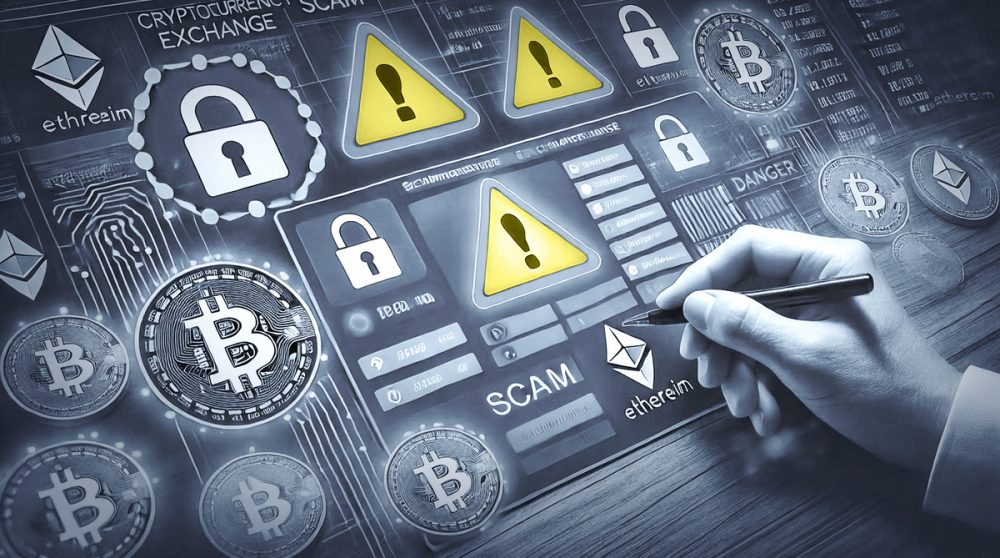

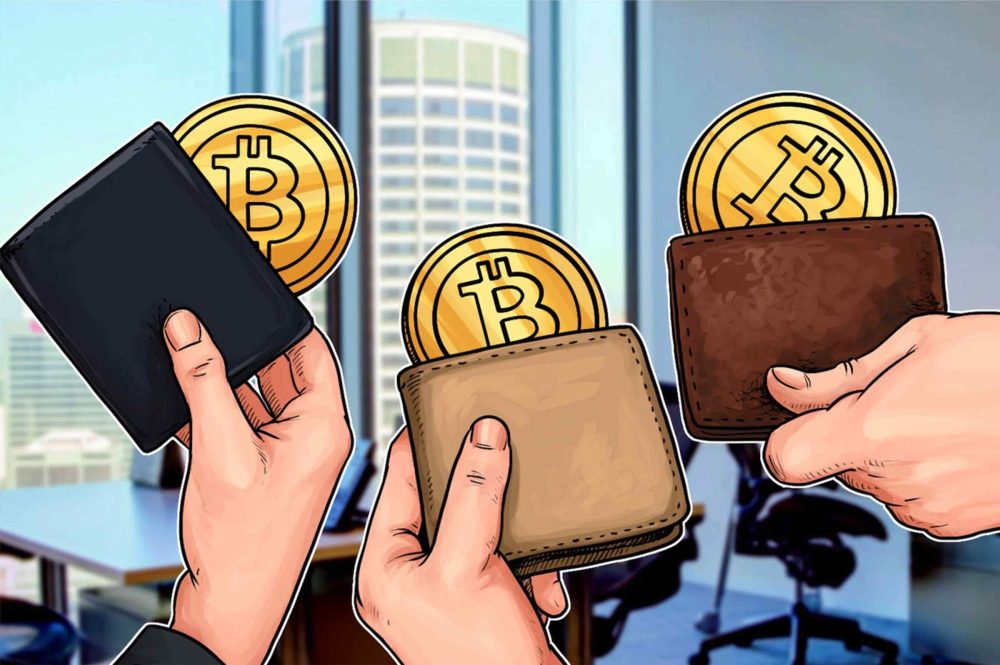
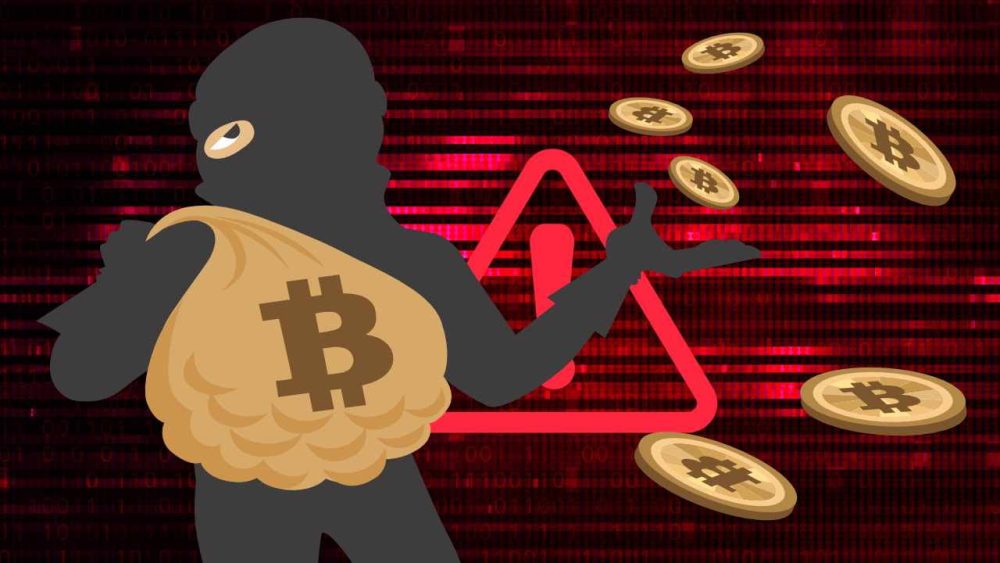



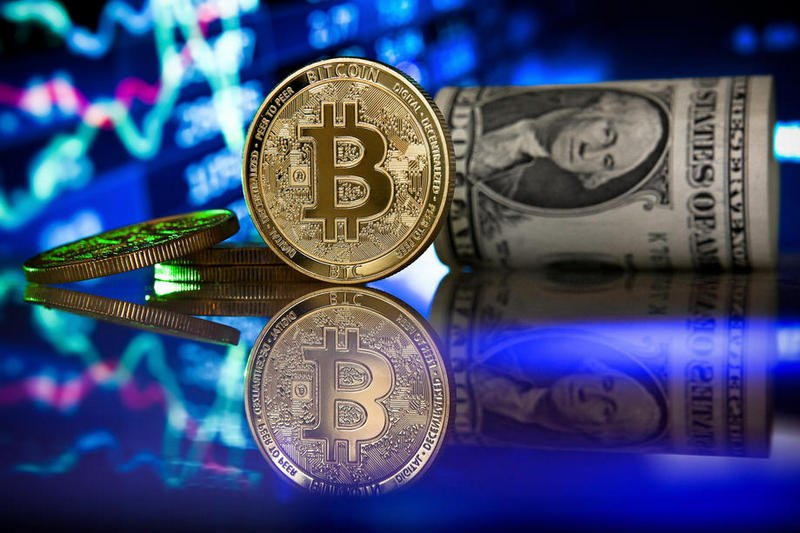 Microtask platforms provide cryptocurrency for viewing ads, participating in surveys, and clicking links. How to make money with cryptocurrency for a beginner from scratch: through regular actions, taking into account limits and accumulation. No verification or investment is required. The initial offer is 10 to 500 satoshi per action. With daily participation and the completion of dozens of tasks, the final amount per month can reach $20–30. The platforms withdraw funds to microwallets with support for BTC, DOGE, LTC, and other currencies.
Microtask platforms provide cryptocurrency for viewing ads, participating in surveys, and clicking links. How to make money with cryptocurrency for a beginner from scratch: through regular actions, taking into account limits and accumulation. No verification or investment is required. The initial offer is 10 to 500 satoshi per action. With daily participation and the completion of dozens of tasks, the final amount per month can reach $20–30. The platforms withdraw funds to microwallets with support for BTC, DOGE, LTC, and other currencies. How to make money with cryptocurrency for a beginner is a task that doesn’t require huge capital or professional training. It’s important to determine the level of participation, the type of strategy, and the desired income format. Each of these methods, with discipline and prudence, paves the way for a profitable model. Micro-earnings are the beginning, and scalability allows cryptocurrency to become a stable source of income. Success depends on consistency of action, analysis, understanding of risks, and flexibility of strategy.
How to make money with cryptocurrency for a beginner is a task that doesn’t require huge capital or professional training. It’s important to determine the level of participation, the type of strategy, and the desired income format. Each of these methods, with discipline and prudence, paves the way for a profitable model. Micro-earnings are the beginning, and scalability allows cryptocurrency to become a stable source of income. Success depends on consistency of action, analysis, understanding of risks, and flexibility of strategy.
 The cryptocurrency market exhibits an exaggerated reaction to events. News about regulations, hacks, stock market listings, and bankruptcies trigger a wave of emotions. However, what matters is not the event itself, but its interpretation. The Cryptocurrency Fear and Greed Index doesn’t react to the event itself, but to the effect it has had on participants.
The cryptocurrency market exhibits an exaggerated reaction to events. News about regulations, hacks, stock market listings, and bankruptcies trigger a wave of emotions. However, what matters is not the event itself, but its interpretation. The Cryptocurrency Fear and Greed Index doesn’t react to the event itself, but to the effect it has had on participants.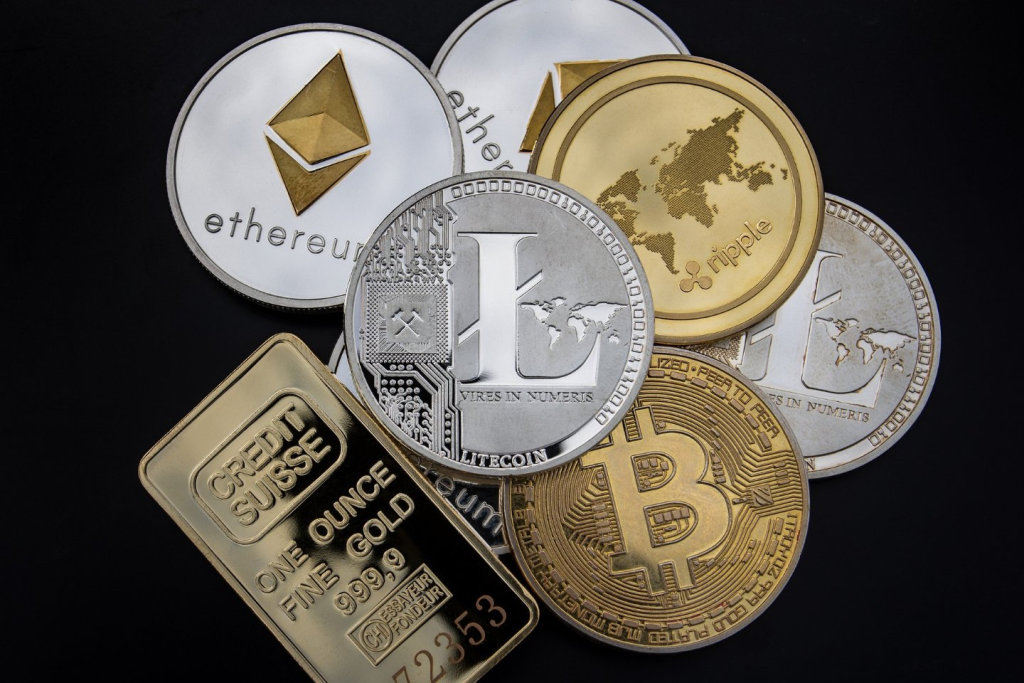 The cryptocurrency market is driven by behavior, not formulas. Emotions drive movement. The Crypto Fear and Greed Index turns behavior into a metric. When interpreted correctly, it helps avoid mistakes, reinforces technical analysis, and protects capital. Figures shouldn’t be blindly trusted, but rather used as a compass that indicates the direction of one’s mood. However, the value isn’t in the number itself, but in understanding what lies behind it.
The cryptocurrency market is driven by behavior, not formulas. Emotions drive movement. The Crypto Fear and Greed Index turns behavior into a metric. When interpreted correctly, it helps avoid mistakes, reinforces technical analysis, and protects capital. Figures shouldn’t be blindly trusted, but rather used as a compass that indicates the direction of one’s mood. However, the value isn’t in the number itself, but in understanding what lies behind it.
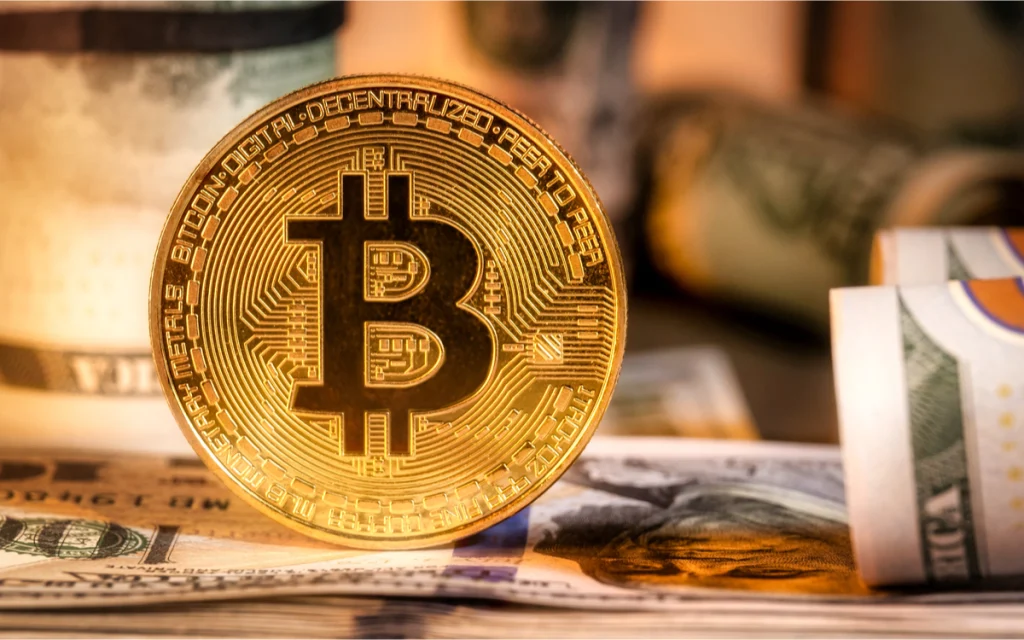 The main entry point into the world of cryptocurrencies is the exchange. The choice of platform includes the following parameters: licence, market depth, commissions, currency pairs, interface, and availability of educational content. The market offers hundreds of options, but cryptocurrency investments for beginners require stability, security, and accessibility to customer support. In addition to centralised exchanges (CEX), there are decentralised platforms (DEX), where transactions are carried out directly between wallets. These offer greater privacy but impose the responsibility for security and understanding of blockchain protocols.
The main entry point into the world of cryptocurrencies is the exchange. The choice of platform includes the following parameters: licence, market depth, commissions, currency pairs, interface, and availability of educational content. The market offers hundreds of options, but cryptocurrency investments for beginners require stability, security, and accessibility to customer support. In addition to centralised exchanges (CEX), there are decentralised platforms (DEX), where transactions are carried out directly between wallets. These offer greater privacy but impose the responsibility for security and understanding of blockchain protocols.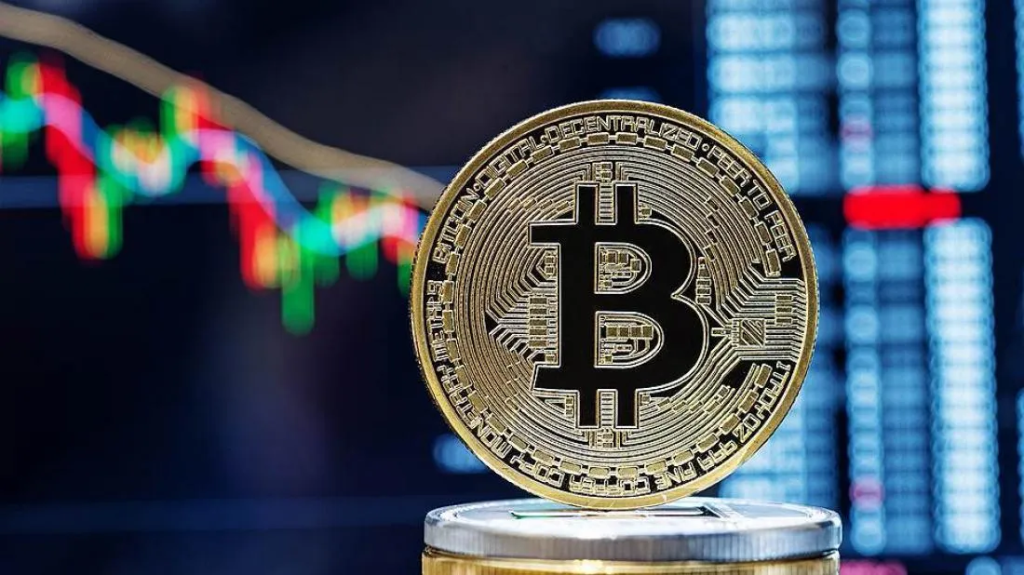 The beginning of the journey requires clarity. Cryptocurrency investments for beginners are effective when you have a goal, a strategy, and discipline. Success does not depend on the exchange rate, but on the system of actions. In a world where every click of a button affects capital, it is not those who guess the movement who win, but those who calculate the consequences.
The beginning of the journey requires clarity. Cryptocurrency investments for beginners are effective when you have a goal, a strategy, and discipline. Success does not depend on the exchange rate, but on the system of actions. In a world where every click of a button affects capital, it is not those who guess the movement who win, but those who calculate the consequences.
 For those considering investing in ETH, it’s important to understand how to choose a cryptocurrency. There are several key parameters to consider.
For those considering investing in ETH, it’s important to understand how to choose a cryptocurrency. There are several key parameters to consider. Despite the risks and volatility, Ethereum’s outlook remains extremely favorable due to the project’s stability, the high demand for DeFi and NFT technologies, and the confidence of institutional investors. In the long term, what will happen to Ethereum in the near future? Investments in ETH can provide stable capital growth and reliable protection against inflation.
Despite the risks and volatility, Ethereum’s outlook remains extremely favorable due to the project’s stability, the high demand for DeFi and NFT technologies, and the confidence of institutional investors. In the long term, what will happen to Ethereum in the near future? Investments in ETH can provide stable capital growth and reliable protection against inflation.
 Ethereum’s modern technological infrastructure is the result of constant improvement. The key moment was the implementation of the Ethereum 2.0 upgrade with the transition to the Proof of Stake (PoS) consensus mechanism, which significantly reduces energy costs and accelerates transaction processing. The development of the EVM virtual machine ensures the secure execution of smart contracts, and the use of the Solidity language opens up opportunities for creating new decentralized applications.
Ethereum’s modern technological infrastructure is the result of constant improvement. The key moment was the implementation of the Ethereum 2.0 upgrade with the transition to the Proof of Stake (PoS) consensus mechanism, which significantly reduces energy costs and accelerates transaction processing. The development of the EVM virtual machine ensures the secure execution of smart contracts, and the use of the Solidity language opens up opportunities for creating new decentralized applications. Investing in Ethereum is one of the most promising areas of the modern digital economy. An analysis of the fundamentals, technical characteristics, and macroeconomic conditions confirms that investing in Ethereum can provide stable capital growth with prudent risk management. The transition to the Proof of Stake mechanism, the introduction of innovative protocols, and ongoing network upgrades create opportunities for lower fees and increased operational efficiency.
Investing in Ethereum is one of the most promising areas of the modern digital economy. An analysis of the fundamentals, technical characteristics, and macroeconomic conditions confirms that investing in Ethereum can provide stable capital growth with prudent risk management. The transition to the Proof of Stake mechanism, the introduction of innovative protocols, and ongoing network upgrades create opportunities for lower fees and increased operational efficiency.





